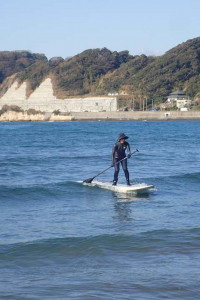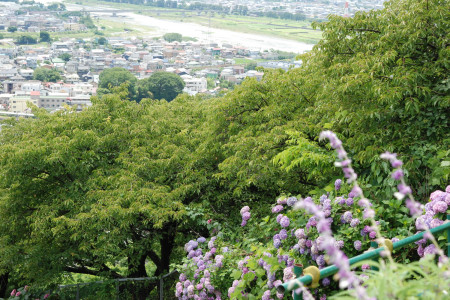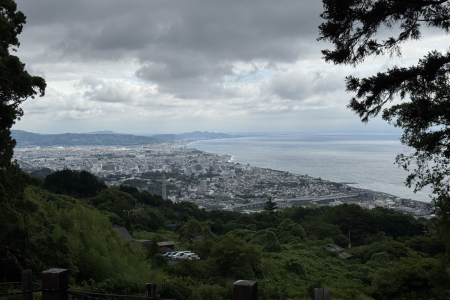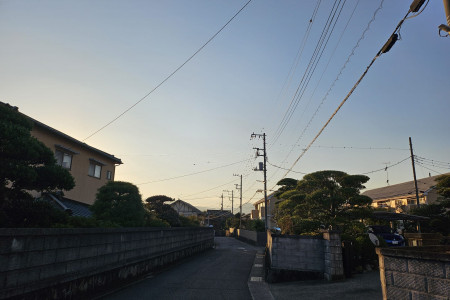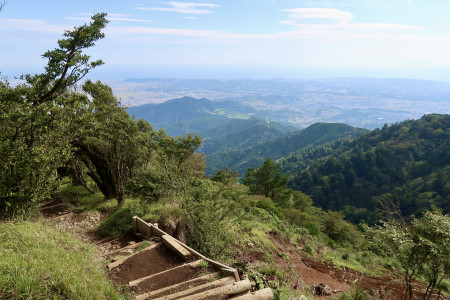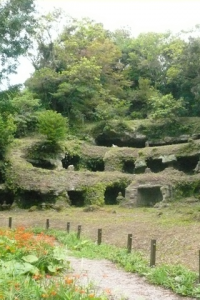
Trip reports
A Spiritual Trek in Zushi
Recommended Transit Passes
Hayama Excursion Ticket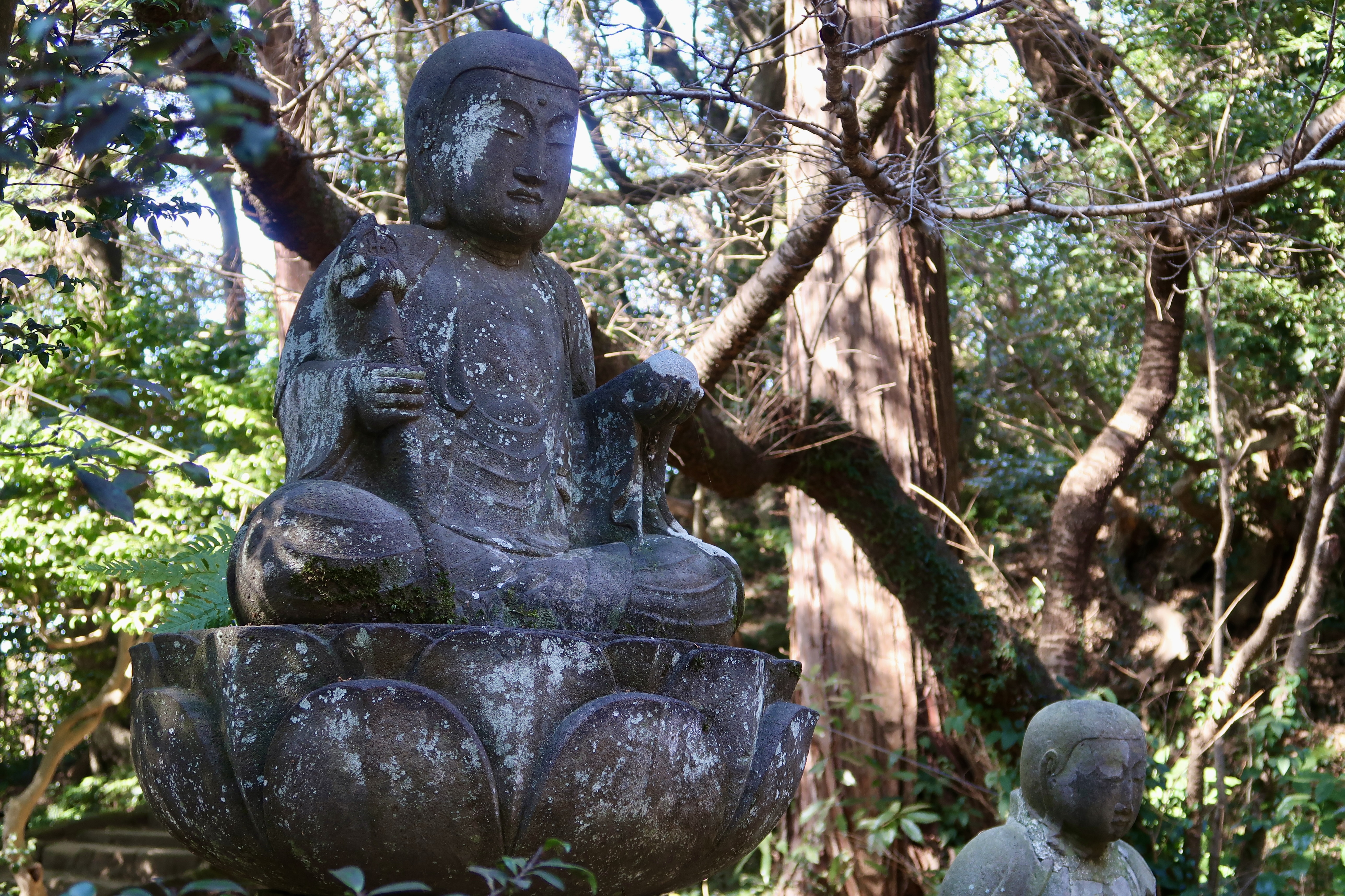
Located along Sagami Bay on the Miura Peninsula, Zushi is a seaside city popular for its beaches, marine activities, and lovely parks. The small city is also home to a number of temples and spiritual spots where you can find inner peace among nature touched by the ocean breeze.
Zushi’s close proximity to Tokyo makes it a wonderful destination for a day trip! From Tokyo Station, simply take the JR Yokosuka Line for a direct train to Zushi Station, which takes a little over an hour. If you are departing from Shinjuku or Shibuya Station, you can also take the JR Shonan-Shinjuku Line to Zushi Station, which also takes around an hour. In some instances, you may need to transfer to the JR Yokosuka Line at Ofuna Station to complete your journey to Zushi.
With a sunny day greeting me, I started my adventure at Mandarado Yagura Caves.
Mandarado Yagura Caves
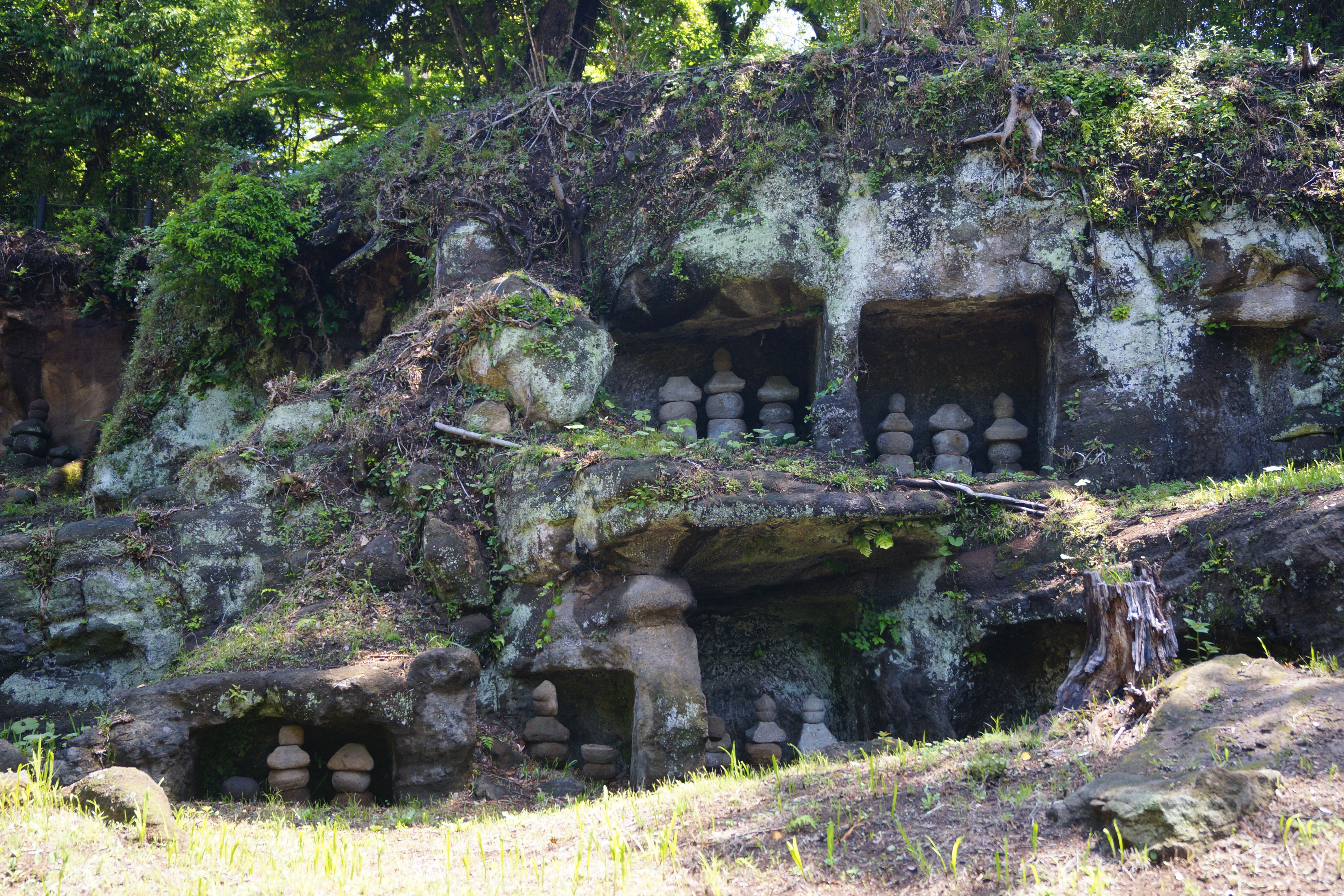
Since the Mandarado Yagura Caves are located close to the border between Zushi and Kamakura, I took the JR Yokosuka Line from Tokyo Station to Kamakura Station, and then caught a local bus from Kamakura Station bus stop to Zushi’s Midorigaoka Iriguchi bus stop. From there, the caves were about an 11-minute walk away. In total, the trip took about one hour and 30 minutes.
Nestled on a lush hillside, the Mandarado Yagura Caves are a series of late 13th century tombs originally built as resting places for the samurai class. Today, you can visit this eerie yet tranquil spot and observe dozens of stone monuments within the caves commemorating those who were once buried there. Although man-made, the staggered, nature-reclaimed tombs sit in perfect harmony with the environment. As I observed the unique area, I could not help but be touched by the powerful combination of historic reverence, nature, and aesthetic intrigue.
Please note that the Mandarado Yagura Caves are only open on Saturdays, Sundays, and Mondays in spring and autumn.

Ganden-ji Temple
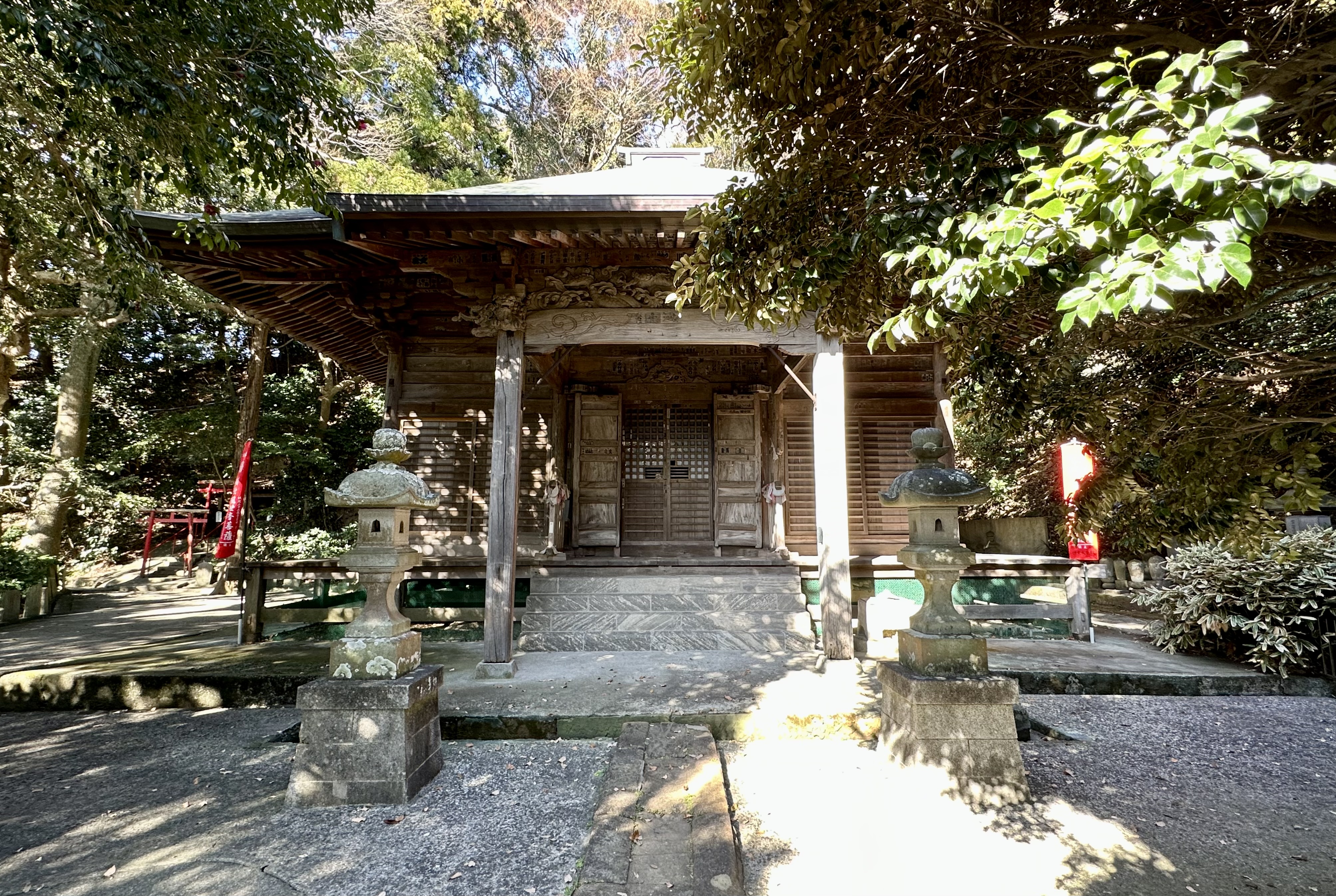
After spending time with the shadows of the past, I walked back to Midorigaoka Iriguchi bus stop and took a local bus to Hisagi Higashi Koji bus stop where I walked about seven minutes to Ganden-ji Temple. The total travel time was roughly 25 minutes. If the weather is nice you can bypass public transportation and opt for a 30-minute walk instead!
Founded in the eighth century, Ganden-ji is a hilltop Buddhist temple and the second stop on the Bando 33 Kannon Pilgrimage. Upon arrival, I first visited the main hall, which was located to the left of the front gate. The short path, lined with plant life, was decorated with Japanese-inscribed stones and pleasant Buddhist statues and sculptures, immediately putting my mind at ease. With a calm disposition, I returned to the front gate and ventured up over one hundred stone steps to reach the former main hall. Once I reached the top, I was rewarded with a stunning view of Zushi’s cityscape below. Lush nature melded into rooftops and extended to the shimmering sea.
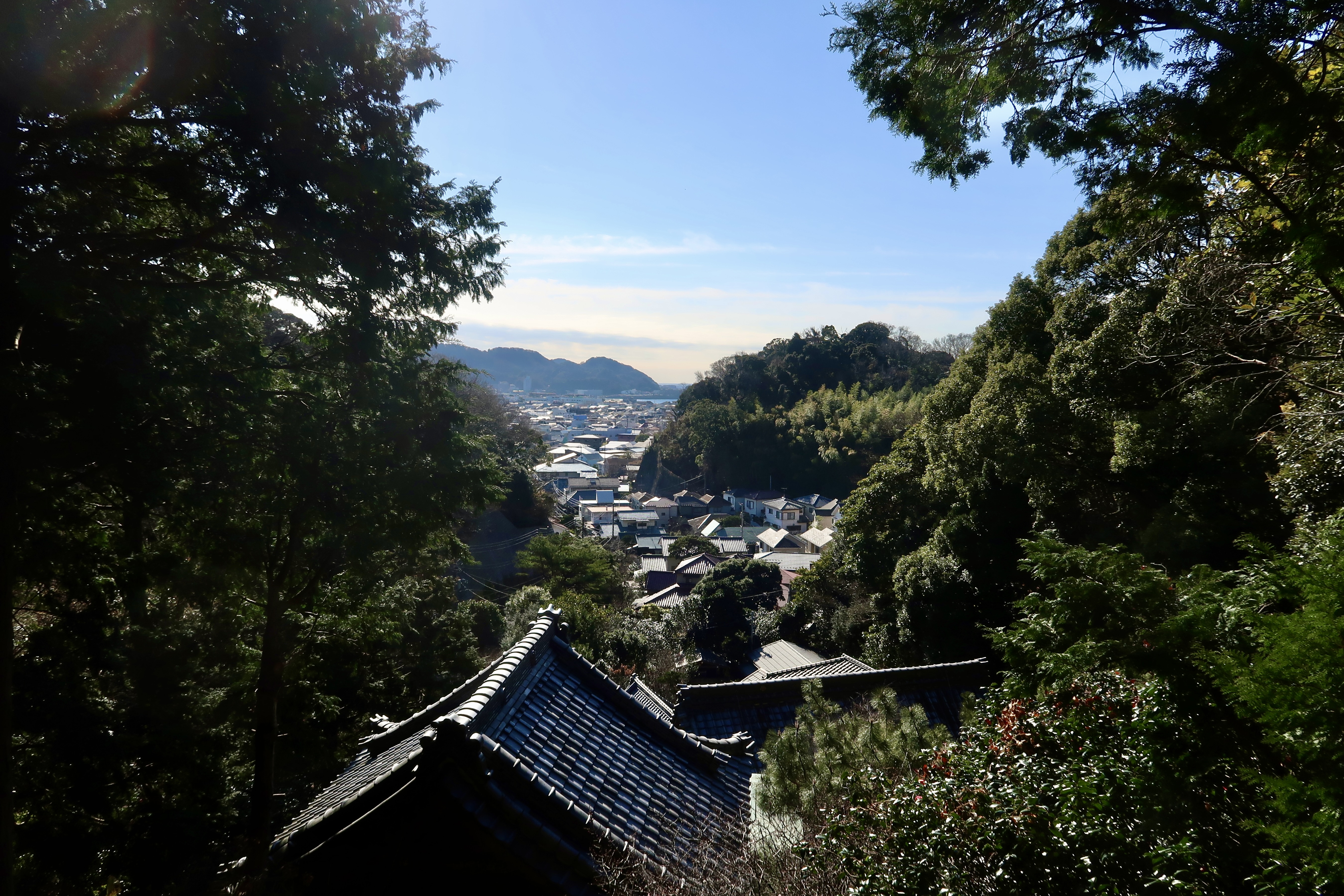
The former hall itself was equally mesmerizing and featured wood carvings and stone lanterns. The forests, ocean views, and temple structures created a serene atmosphere of contemplation.
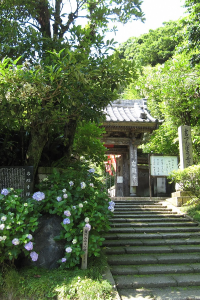
Jinmu-ji Temple
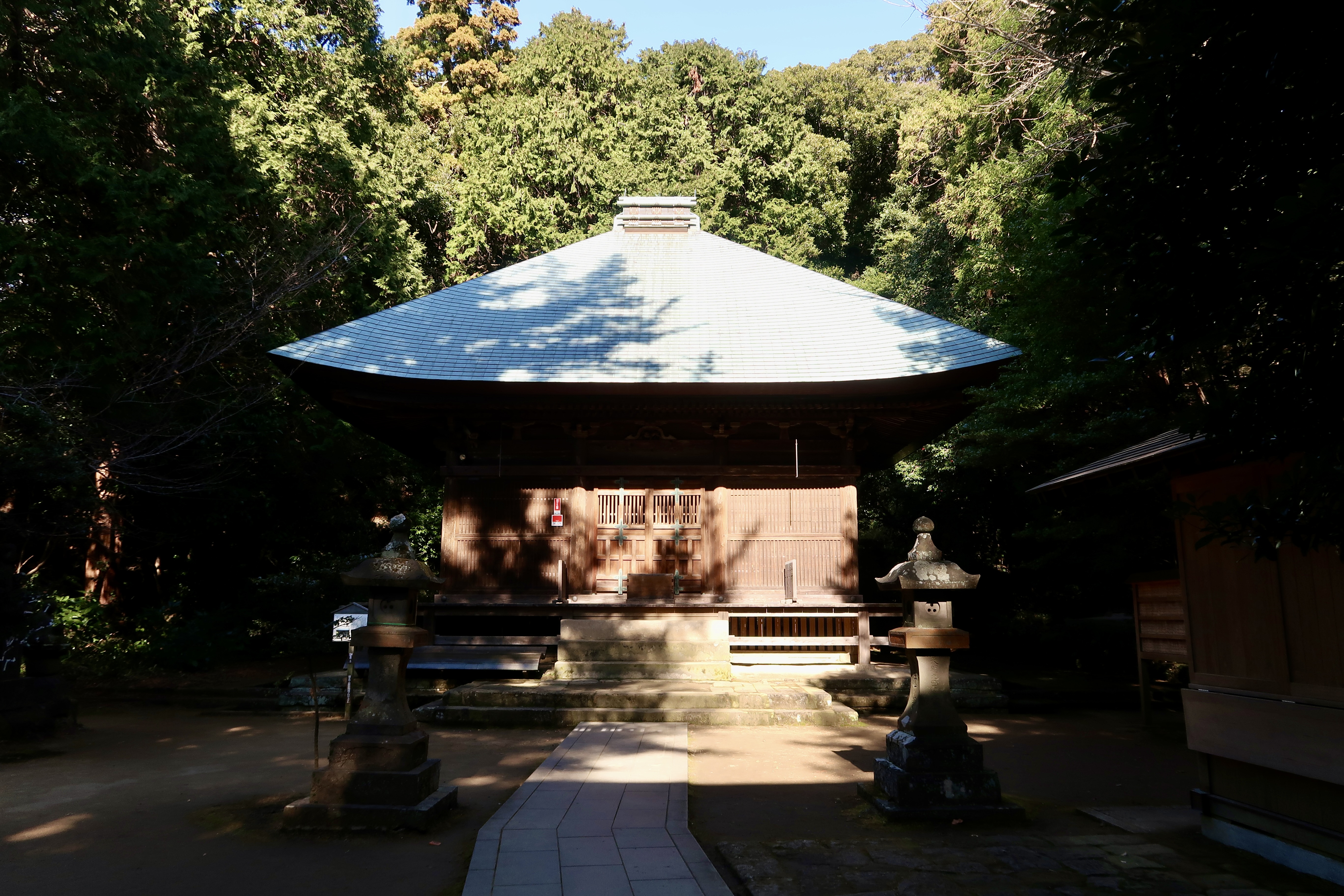
Next, I headed to Jinmu-ji—one of the only two Tendai sect Buddhist temples on the Miura Peninsula. From Ganden-ji, I walked about 17 minutes to Zushi Station and then took the Yokosuka Line to Higashi-Zushi Station. From there, I walked roughly 20 minutes to the temple. During my journey, I walked through quiet residential streets interwoven with nature, which relaxed me even before I even reached the temple. Be sure to wear your walking shoes though as the end of the walk is entirely uphill!
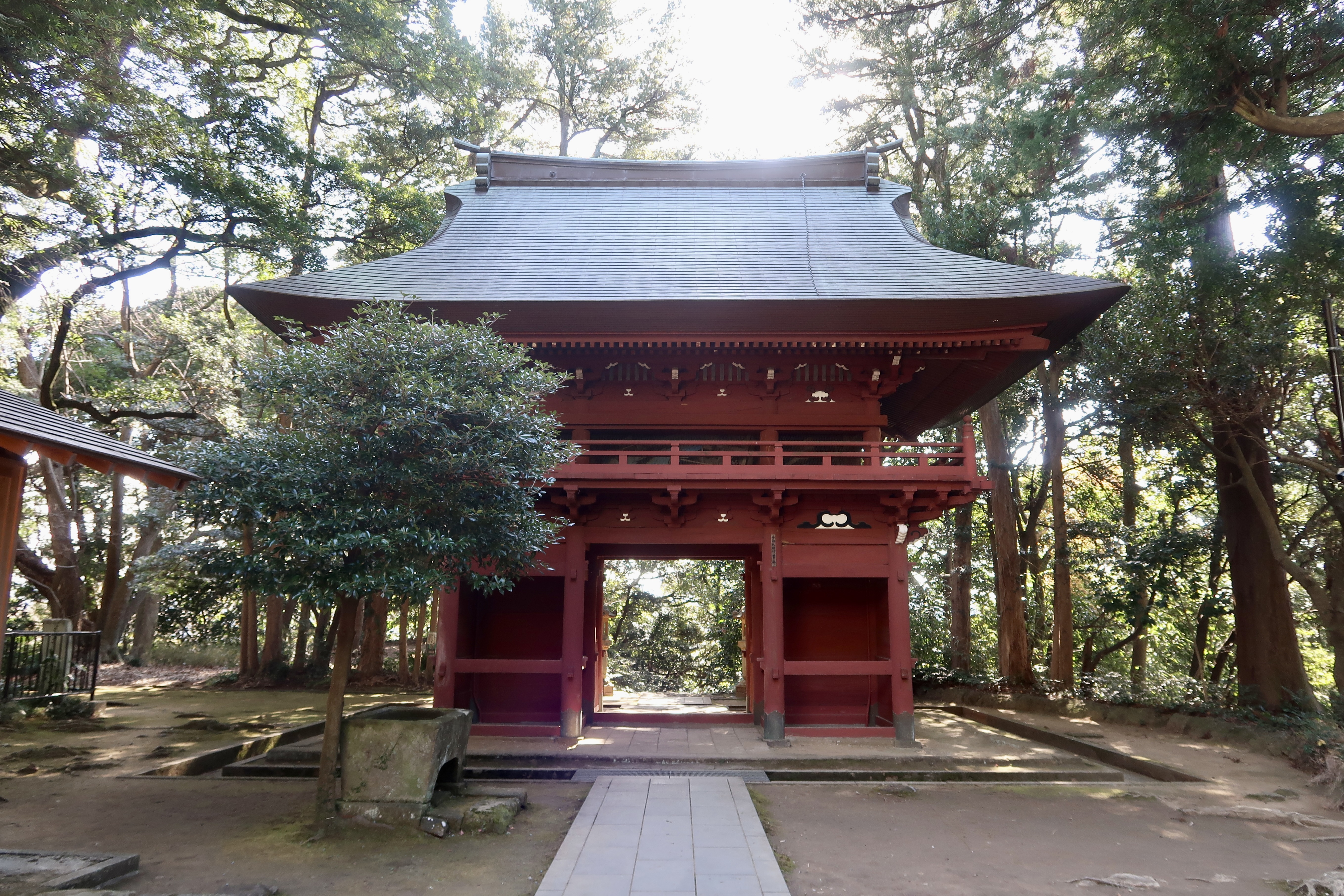
Jinmu-ji is an eighth century temple for mountain worship and built at the base of Mt. Jinmu-ji. The moment I stepped into the temple complex, I was instantly swept away into a forest-filled haven. Upon climbing a short staircase, I was first greeted by a traditionally-designed bell tower. After a moment, I continued past the structure and headed further into the woods, following the main route. Although I could not visit the main hall, I admired the prestigious building through the foliage along the path. Then, after climbing another nature-lined stone staircase, I passed under a brilliant vermillion gate to the wooden Yakushido Hall. As I stood between the two structures, a gentle wind rustled the leaves, singing a melody that seemed to reach my heart. To the left of the wooden hall, I followed an uphill hiking trail through the forest where I could catch glimpses of Zushi below. Thanks to the dense forests and pleasantly silent surroundings, Jinmu-ji was truly a refreshing destination.
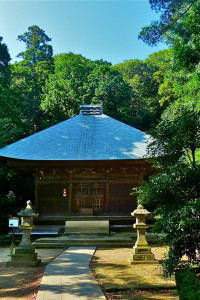
OCEANS.Club
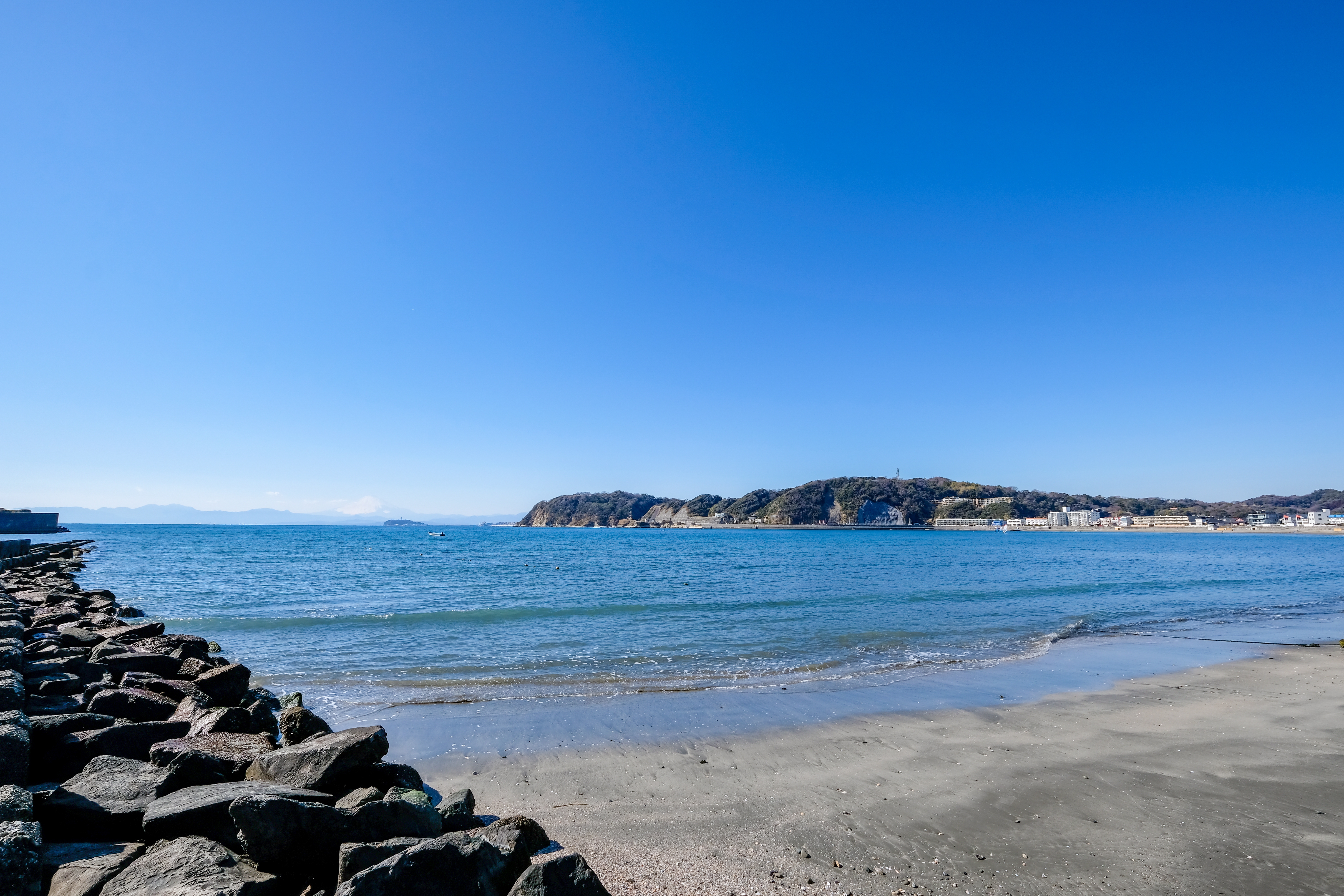
For the last stop on my journey, I deviated from typical spiritual pilgrimage and joined an afternoon SUP (stand-up paddleboarding) lesson at OCEANS.CLUB, located directly on Sagami Bay. From Jinmu-ji, I walked 19 minutes back to Higashi-Zushi Station and then took the Yokosuka Line to Zushi Station (three minutes). From there, I walked about four minutes to the Zushi Eki bus stop and caught a local bus to the Fujimibashi bus stop (four minutes). From there, OCEANS.Club was only about a one-minute walk.
After arriving 30 minutes before my lesson, I leisurely changed into my bathing suit and rented a wetsuit to keep me warm. At the designated lesson time, I followed my instructor through a series of stretches on Zushi beach to relax my muscles before the activity. With the cool salty breeze on my cheeks and the soothing song of the tide before me, I felt my mind and body calm simultaneously. Then, I took to the sea! During the lesson, I learned the basics of SUP and explored the calm waters. Although I traded temples for the open sea, the multi-hour activity acted as an excellent way to facilitate mindfulness as it required my full attention. Floating under the blue skies with the expansive ocean surrounding me was a perfect way to end my spiritual exploration of Zushi.
